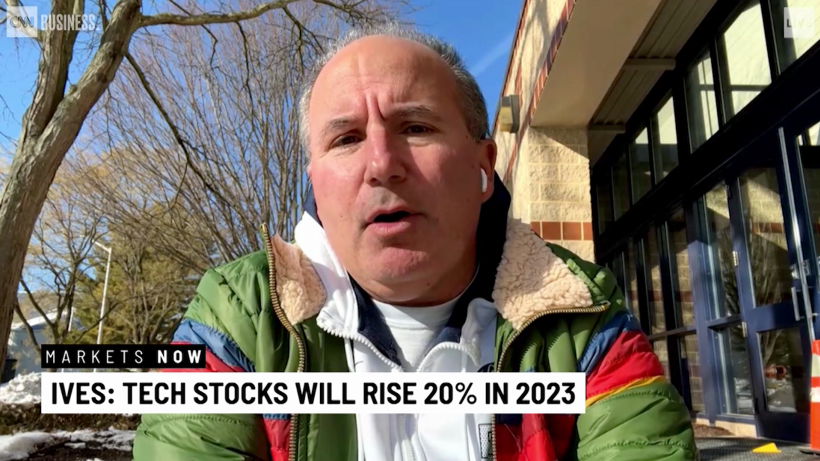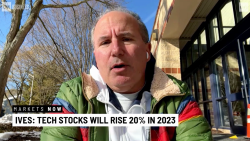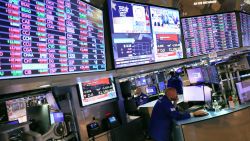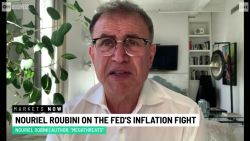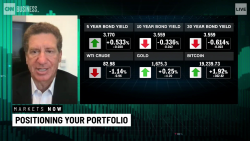Given the choice between getting a 5% return on your money versus less than half a percent, which would you prefer?
The average bank savings rate as of April 26 was a paltry 0.24%, according to Bankrate. At some of the biggest banks, savings rates are as low as 0.01%.
But thanks to the Federal Reserve’s rate-hiking campaign since mid-March of last year and competition for your money, you have many more lucrative options.
Here are a few low-risk ways to make between 4% and 5% on your savings now.
“We’re talking to all our clients about this,” said certified financial planner Natalie Colley, lead adviser at Francis Financial.
1. Online high-yield savings accounts
You’ll always want to keep enough money in your checking account at a bank that is insured by the Federal Deposit Insurance Corporation (or at a similarly insured credit union) to pay your monthly bills and to perhaps cover a month of living expenses for emergencies.
For the rest of your emergency fund and other savings, you can get a healthy return just by opening an online high-yield savings account at an FDIC insured online bank. Some are now paying between 4.35% and 4.8%.
Some other entities are also offering FDIC-insured high-yield options, although there is a catch: To take advantage of them, you already have to be a customer of the company or a user of its products. The financial roboadvisor firm Betterment, for example, is offering 4.35% APY, while Apple is offering its users a 4.15% return.
As with most bank rates, high-yield rates are variable so can change at any point. But since online banks are competing for deposits, they are likely to keep their rates higher than others.
2. Certificates of deposit
When you purchase an FDIC-insured bank certificate of deposit you agree to lock up your money for a period of time — anywhere from 1 month to 5 years. In exchange you get a guaranteed rate of return, which will be listed as the APY (Annual Percentage Yield).
Some of the highest-paying CDs have 5% APYs and mature in anywhere from three months to two years.
If you invest $10,000 in a six-month CD with a 5% APY, you’ll get your principal back plus nearly $247 in interest when the CD matures, according to Bankrate’s CD calculator. A one-year CD will earn $500 in interest, while an 18-month term will generate $759.
There are two ways to buy a CD. You can buy one directly from an FDIC-insured bank. But before you do, check what early withdrawal penalties there are in case you need to access your money before the CD matures, said certified financial planner Nick Holeman, Betterment’s director of financial planning.
Or instead, you can buy “brokered” CDs through online brokerage platforms like eTrade, Schwab or Fidelity. They offer one-stop shopping to compare and contrast a broad universe of bank CDs at all maturity ranges.
Buying brokered CDs also means you don’t have to set up new, individual accounts at different banks, but the CDs will still be FDIC-insured, assuming the banks sponsoring them are.
And if you need access to your money early, you can sell it on the secondary market through the brokerage, although as with selling any investment there is no guarantee you will get back what you paid for it.
Since CD rates tend to move in advance of the Federal Reserve’s anticipated rate moves — and the expectation is that it may refrain from further hikes — 5% yields may head south soon.
“This could be the ‘last call’ for savers,” said Greg McBride, Bankrate’s chief financial analyst.
“Yields on CD maturities longer than one year will start to slip shortly after it becomes clear the Fed is done raising rates and not just pausing,” McBride noted. “Now is the time to lock in those CDs as the 4% and higher yields will likely disappear in the second half of the year.”
Shorter term CD maturities (i.e., under a year) will likely have a little more staying power, he said. But, he noted, “if the economy weakens noticeably, inflation drops meaningfully, or the Fed shifts stance and starts talking about cutting rates, this will be the catalyst for those yields to begin moving lower. Finding 4% yields will still be possible but the 5% yields will likely disappear by fall.”
3. Treasury bills
If you’re working with a financial planner or broker or are consulting with a fixed income specialist at your online brokerage, another investment option are Treasury bills, which mature in under a year.
Of late, for instance, the 3-month and 6-month T-bills have annualized yields of around 5%. And unlike interest on CDs, which is fully taxable at the federal, state and local levels, earnings on a T-bill are usually exempt from state and local tax.
So even if the yield on a CD may be a bit higher, on an after-tax basis the T-bill might net you more. “Don’t just look at the interest rate,” Holeman said.
But again, T bills are not as straightforward as high-yield savings accounts or CDs. So working with a professional on this may be your best bet.
Don’t chase yield
As attractive as many savings rates are today, they are no substitute for the long-term returns you can earn in a diversified investment portfolio of stocks, bonds and other assets.
Colley’s advice: Find one or two high-yield instruments for your current savings to lock in today’s attractive rates. “Keep it simple,” she said. “[But] don’t take money out of your portfolio to chase yield.”


